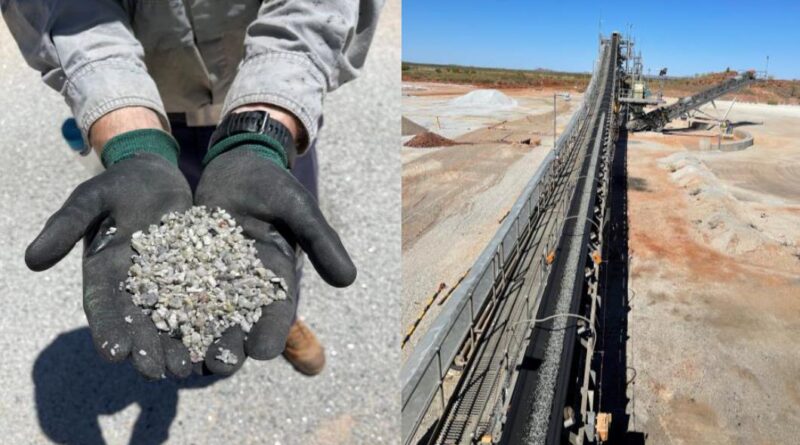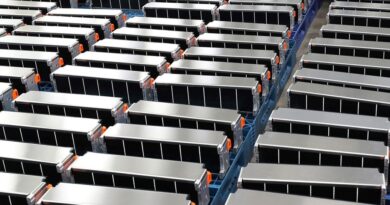Saudi Arabia has trillions of dollars of untapped mineral resources
World’s largest oil exporter, Saudi Arabia, is planning to become a global mining player, by tapping into the country’s estimated US$2.5 trillion in unexplored mineral resources.
Country’s plan — named Vision 2030 — has the following investment strategy:
- increase Saudi Arabia’s mining industry’s GDP contribution from US$17 billion in 2024, to US$75 billion in 2035
- Ma’aden, the Saudi-state mining company, anticipates substantial growth with US$56 billion in CapEx until 2040, totalling US$69 billion if sustainability and ESG are included.
- allocated US$182 million to a exploration incentive program, already granting an additional 33 mining licenses — the largest of its kind anywhere in the world
In January 2025, Saudi government announced a US$100 billion investment opportunity in new mineral investment projects, with US$20 billion already in the final engineering phase or under construction.
The reasons for the new mining developments include new revenue streams and economic diversification, particularly from oil dependence which faces significant headwinds with high oil production in US and Canada, as well as electric vehicle sales.
Key minerals and metals under consideration include:
- Copper: significant deposits of copper are already being mined, with a estimated value at US$136 billion, and plans to expand output.
- Lithium: Saudi Arabia’s state-owned oil giant, Aramco, has found significant concentrations of lithium in its oil and gas fields, aiming to produce commercial quantities by 2027
- Rare Earth Elements (REEs): the Saudi’s increase in the valuation of mineral resources from US$1.3 trillion to US$2.5 trillion is partly attributed to new discoveries of rare earth elements, valued at US$63 billion, which the country has significant reserves of REEs and plans to develop these to meet growing global demand
- Cobalt: The country seeks to secure cobalt supplies through investments in mining projects and the development of domestic refining capacity
- Nickel: Saudi Arabia is exploring opportunities to develop its nickel resources to become a major supplier
- Zinc: the Khnaiguiyah site, with an estimated value of US$86 billion, is expected to produce 100,000 tons a year of zinc
- Lead: there are plans to explore new deposits
- Niobium: valued at US$84 billion
- Gold: Saudi Arabia is already an established as a gold producer, with the volume of gold reserves in Mansourah and Massarah estimated to be seven million ounces, with an annual production capacity of 250,000oz. The government aims to significantly expand its gold output
- Silver: bids have been invited for new exploration licenses for silver ores across the Kingdom
- Uranium: Saudi energy minister, Prince Abdulaziz bin Salman, announced plans to enrich and sell uranium — “We will do a “yellowcake”.”
- Phosphate: Saudi Arabia is already a significant phosphate producer, with a current gross value of US$1,245 billion, and intends to expand this sector substantially. The Phosphate 3 project will boost phosphate production by 50%.
- other minerals include: bauxite (valued at US$21 billion), magnesium, manganese, and iron ore and limestone deposits collectively valued at US$345 billion




